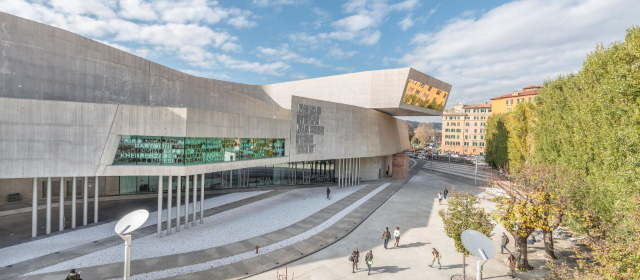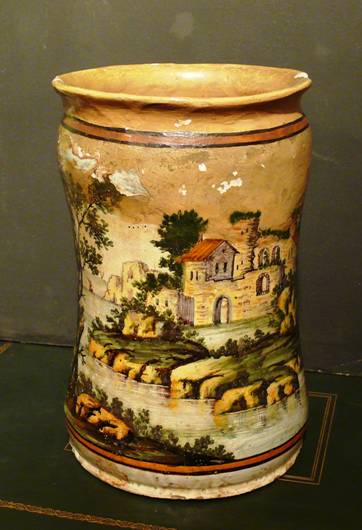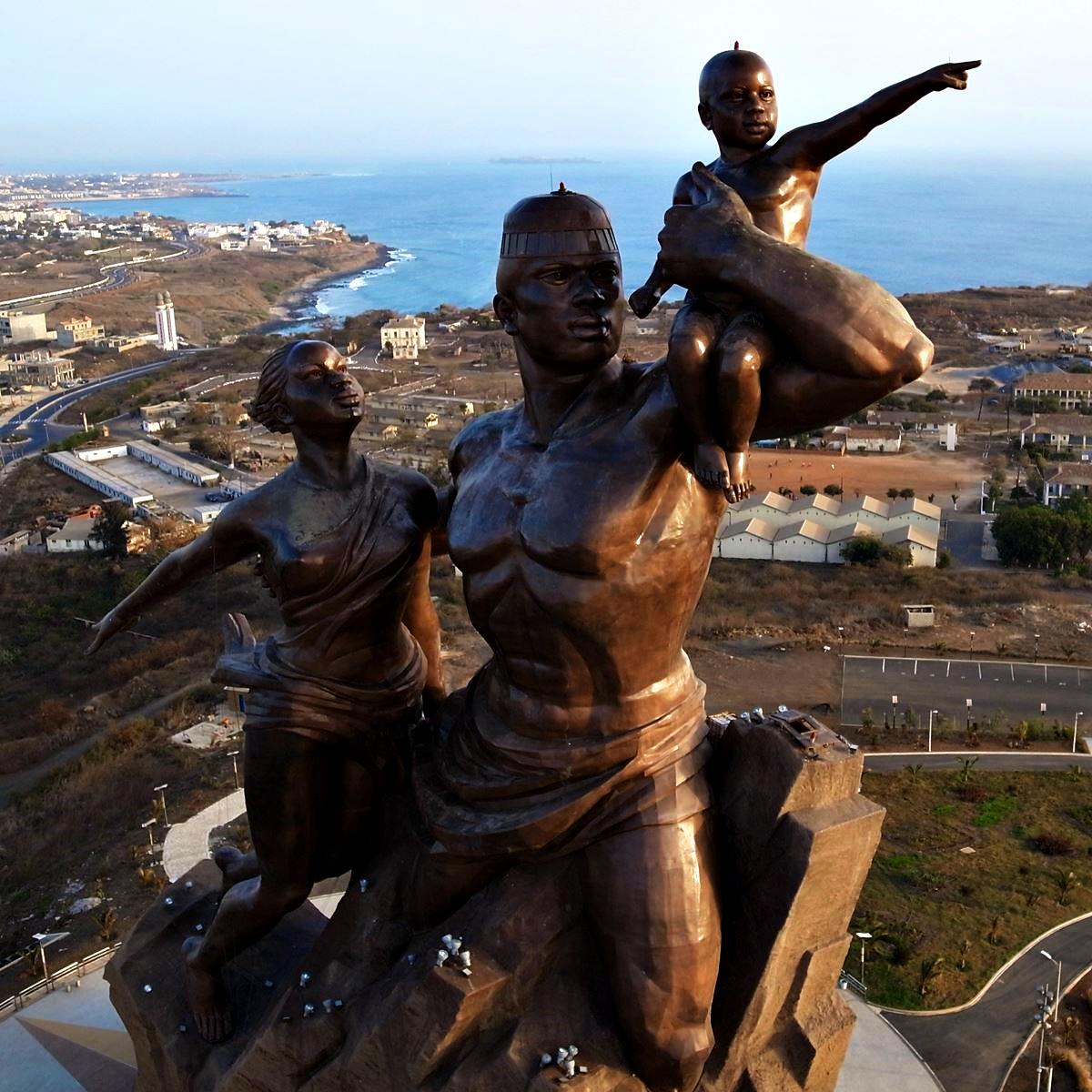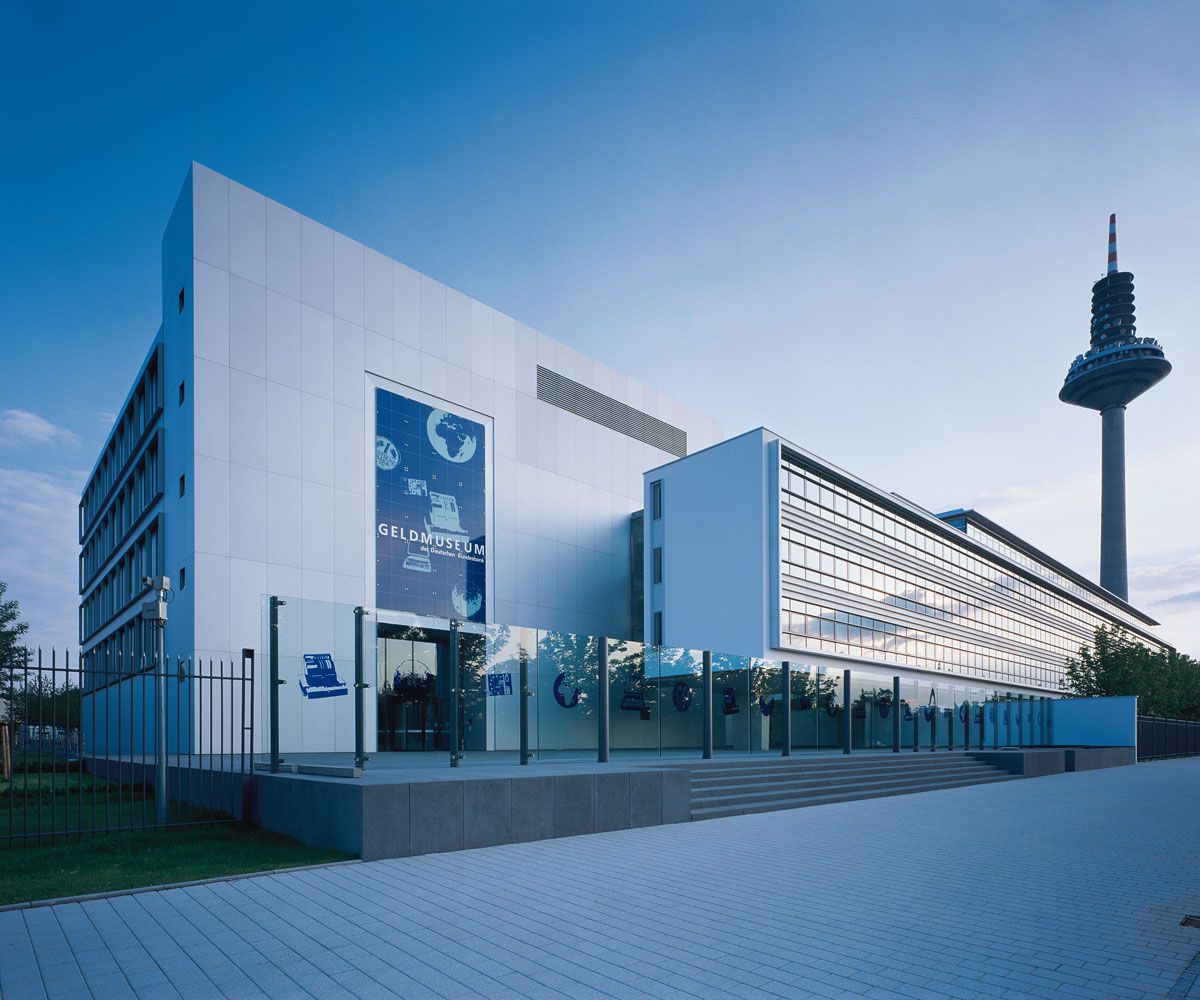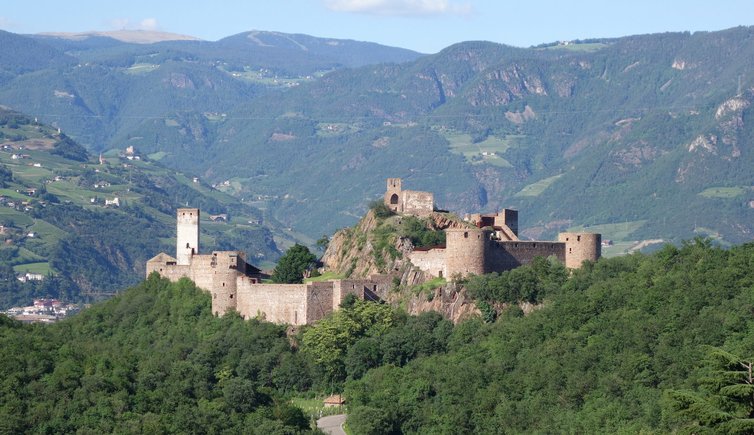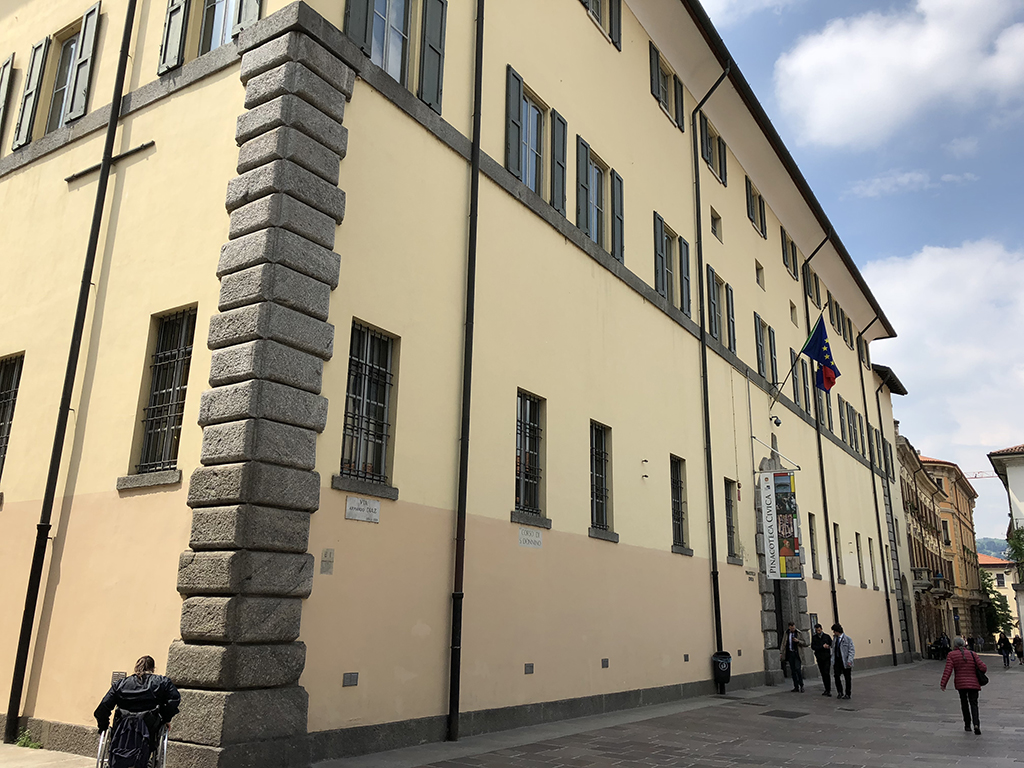<p>The history of MAXXI began in the autumn of 1997 when the then Ministry of Cultural Heritage obtained from the Ministry of Defence the sale of a large area in the Flaminio district of Rome, occupied by workshops and pavilions of the former Montello Barracks, which had been in disuse for some time, with the aim of creating a new national museum centre dedicated to contemporary arts for the design of which, in 1998, an international competition of ideas was launched in two phases. The call for competition included a complex functional plan, with the presence of various museum poles: a museum for architecture and one for 21st century arts, a space for experimental productions, a library, an auditorium, spaces for live events and finally educational spaces. Chosen from 273 applications from all over the world, the winner is the project by the Anglo-Iraqi architect Zaha Hadid. Zaha Hadid’s proposal convinces the jury by its ability to integrate into the urban fabric and by its innovative architectural solution, capable of interpreting the potential of the new institution and equipping it with an extraordinary sequence of public spaces. In 1999 the Ministry of Cultural Heritage and Activities started the first restoration works on some buildings of the former Montello Barracks, which were to be maintained in Zaha Hadid’s project, in order to create a temporary exhibition space and thus experiment the cultural planning of the future institution during the four years necessary for its complete realization. On March 20, 2003, with the ceremony of the "laying of the foundation stone", the construction works officially began. For the occasion the nascent institution takes its current and definitive name: MAXXI Museo nazionale delle arti del XXI secolo.</p>
